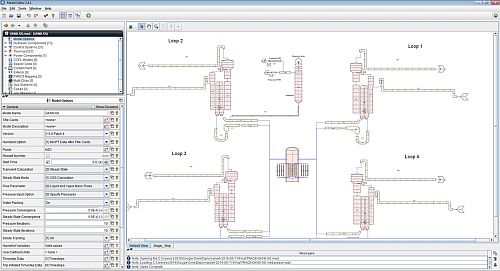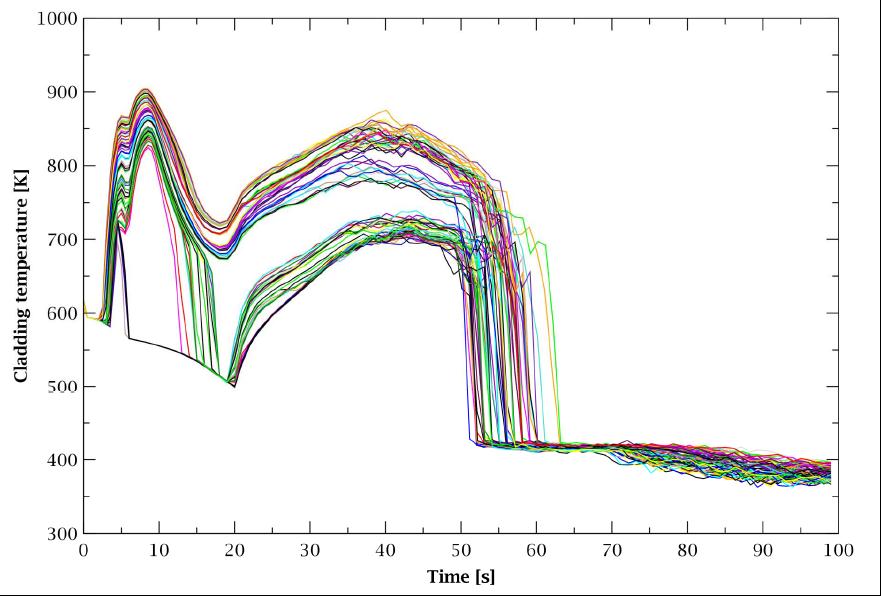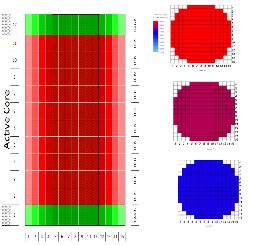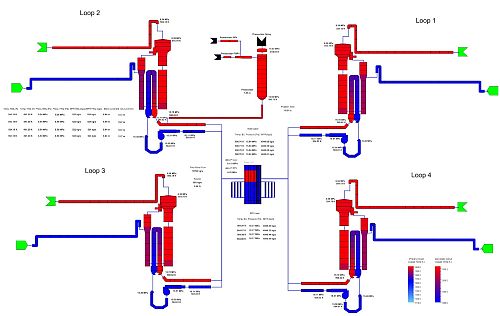Design basis accidents for light water reactors and numerical simulation tools
|
Course |
009 |
|---|---|
|
Title |
Design Basis Accidents for Light Water Reactors and Numerical Simulation Tools |
|
Prerequisites |
Thermal hydraulic of nuclear reactors, nuclear power plants |
|
Goal of the course |
Familiarization with the theoretical basis and practical use of thermal hydraulic system codes such as RELAP5, TRACE for the analysis of design basis accidents of nuclear power plants |
|
Content |
|
|
Lecturers:
|
Dr. Victor Hugo Sanchez Espinoza (Head of Group Reactor Physics and Dynamics of INR, Lectureship at KIT Mechanical Engineering Faculty on Reactor Safety) Areas of Expertise:
|
| Kontact: Email: Homepage: |
Dr. V. Sánchez Espinoza victor sanchez∂kit edu www.inr.kit.edu |
|
Schedule |
May, 20th to 24th, 2019; 9 am to 5 pm daily |
|
Location |
KIT Campus North, FTU, Building 101 |
Dead line for application: May, 6th, 2019
Application form download
Examples of TRACE Applications for PWR including Uncertianty Quantification with SUSA
 plant model plant model |
 TRACE/SUSA: Uncertainty Quantification of best-estimate codes: Cladding temperature for LOCA |
|
SNAP: Animation of PWR-Integral plant model |
 SNAP: 3D Coolant Temperature in the Core |


